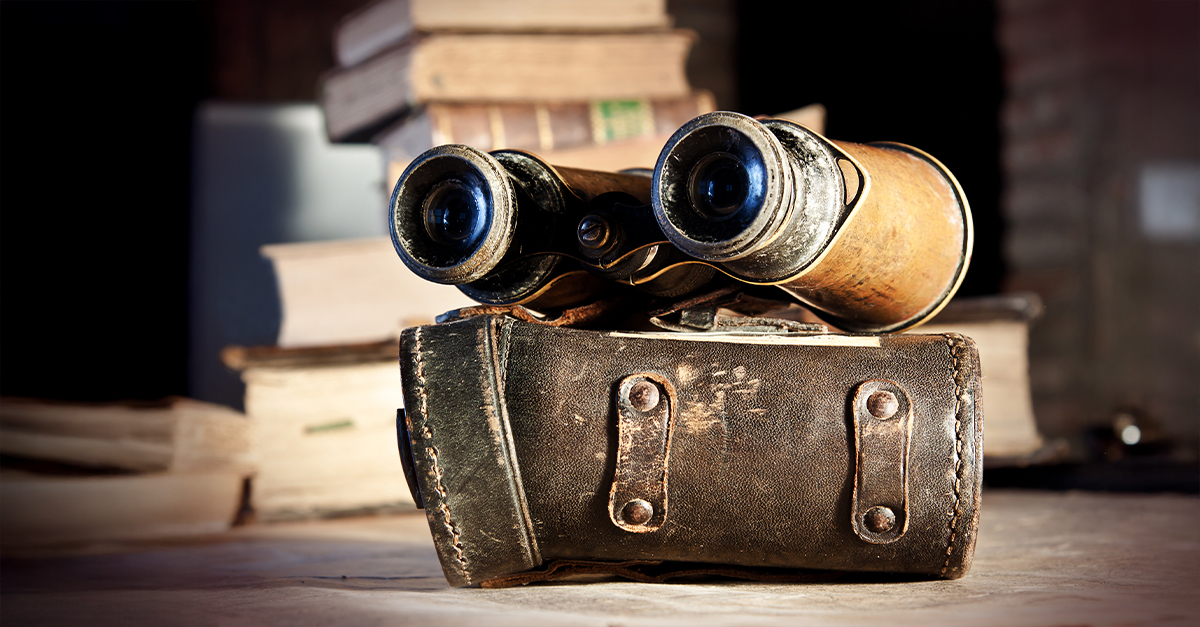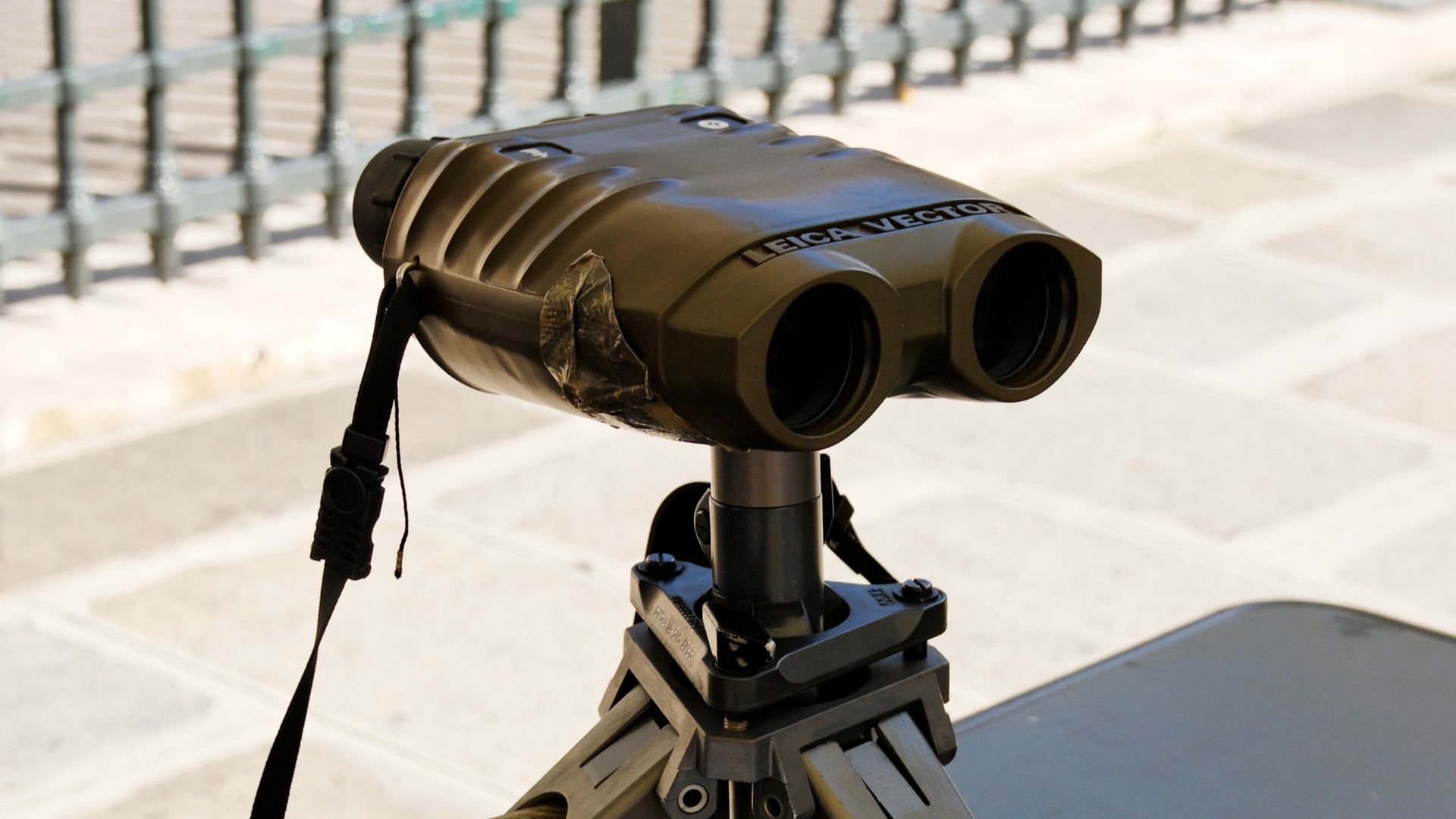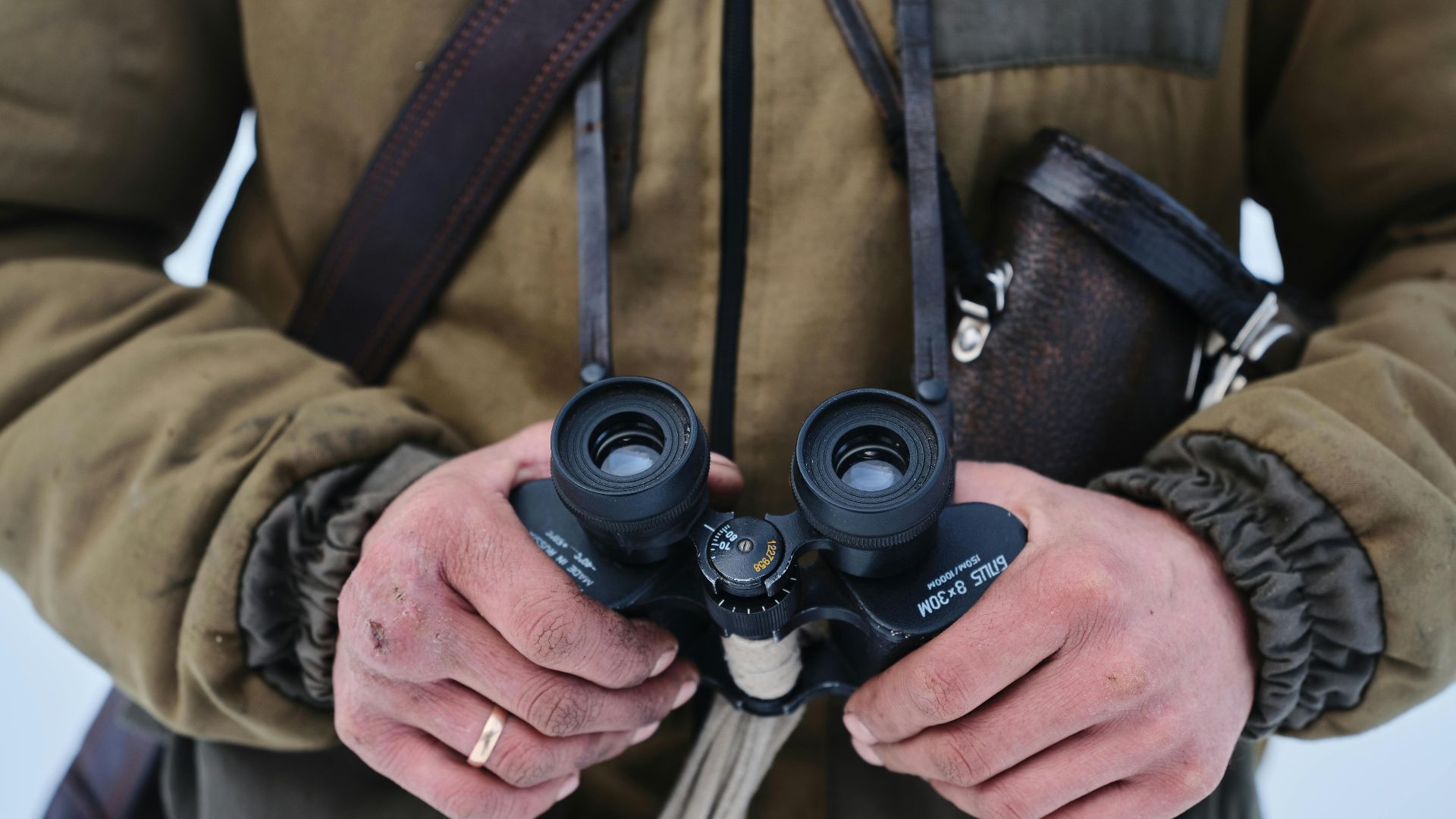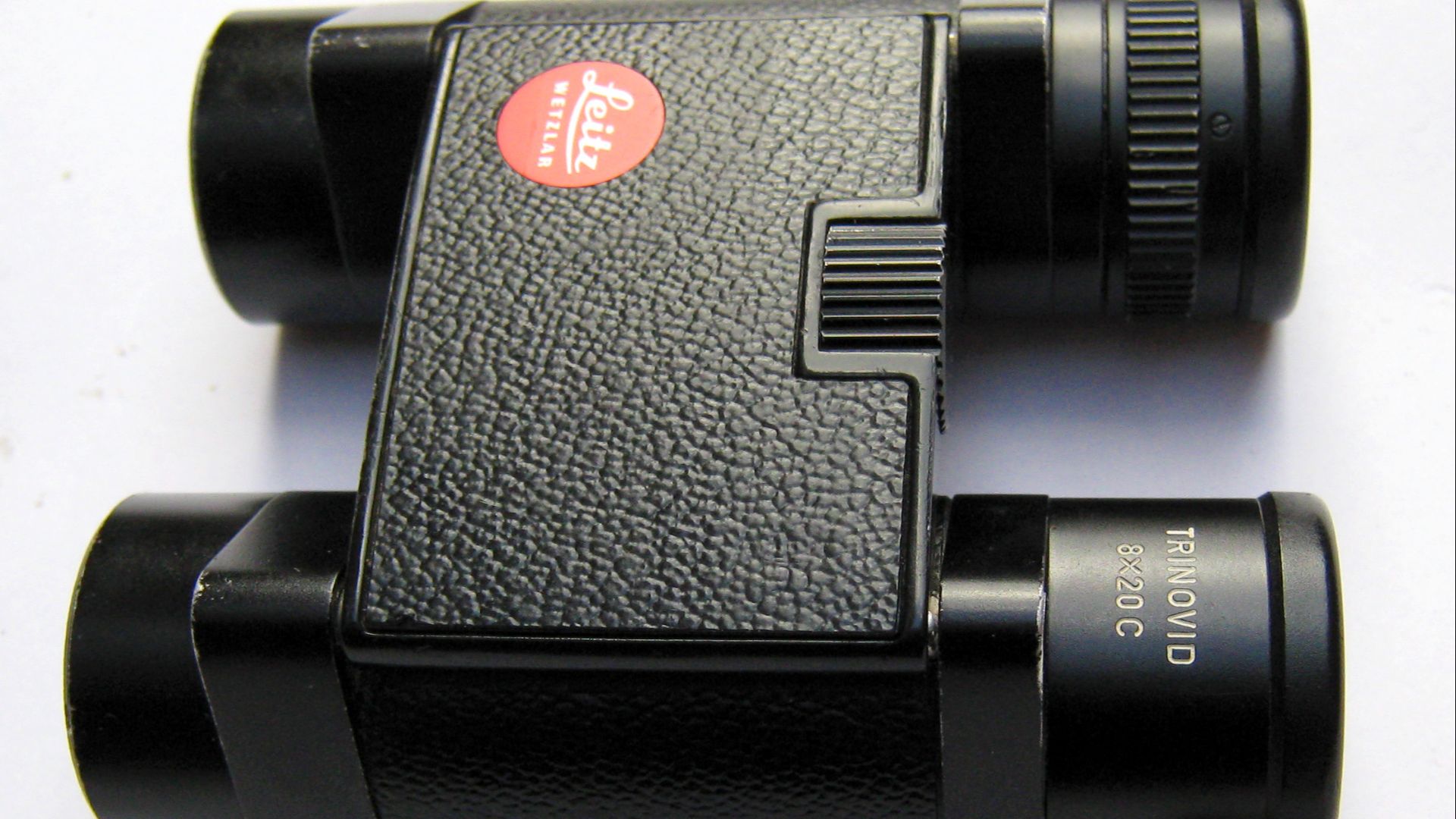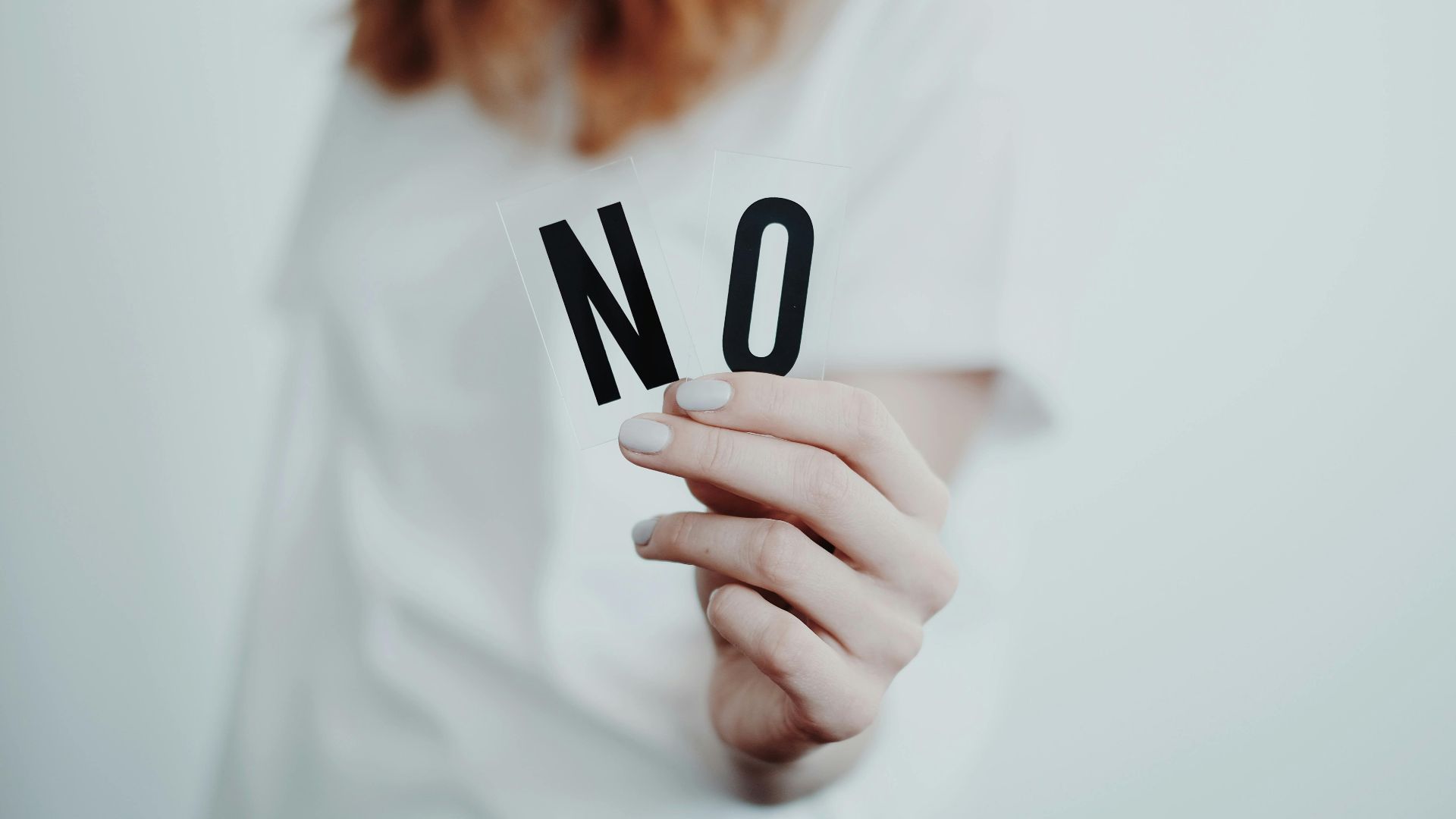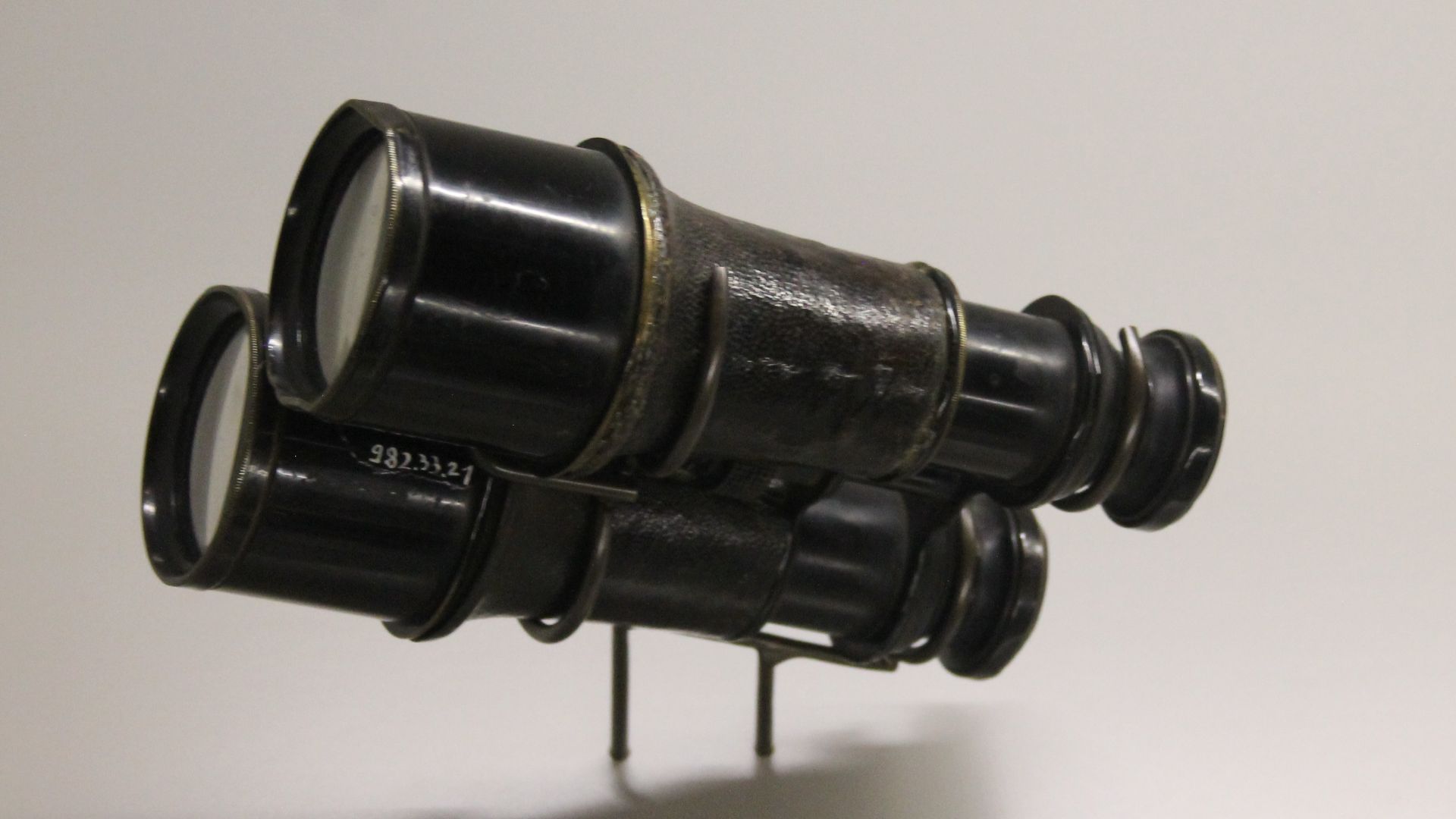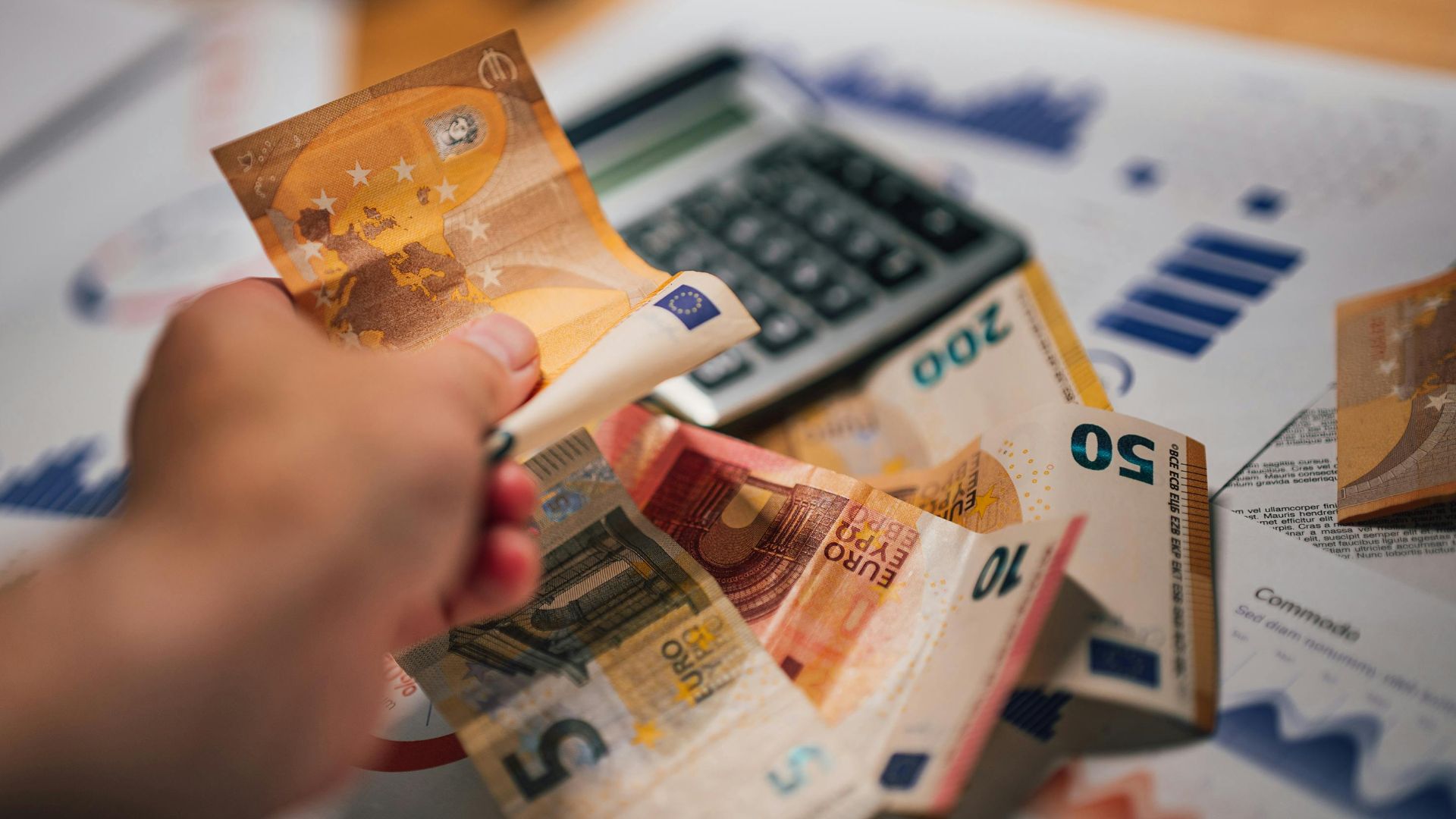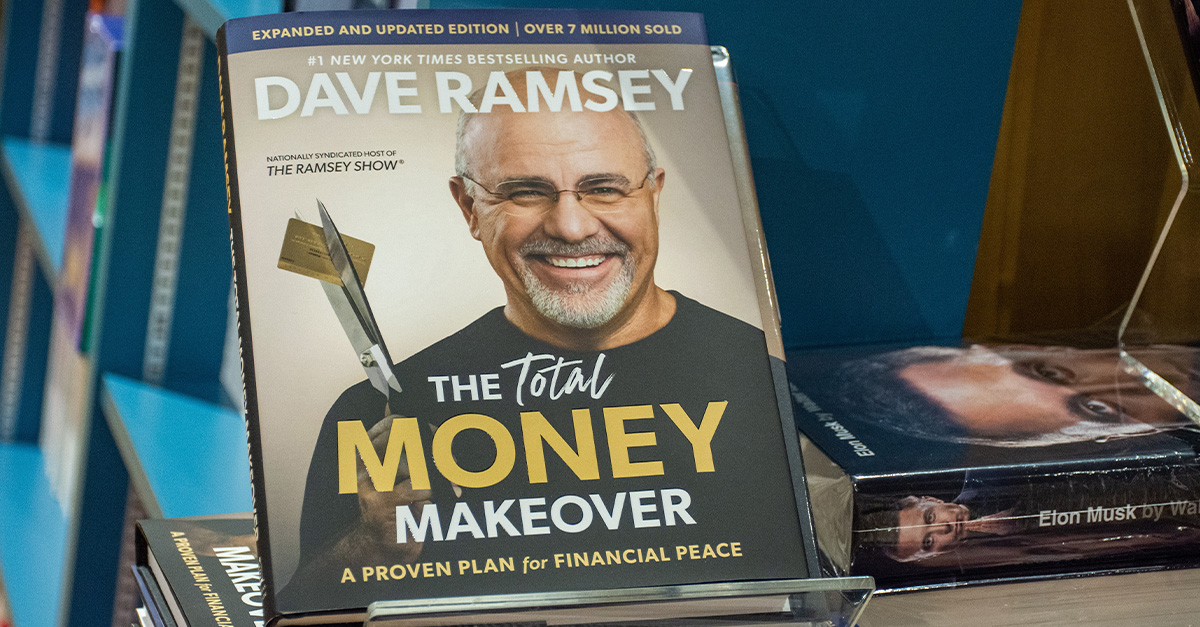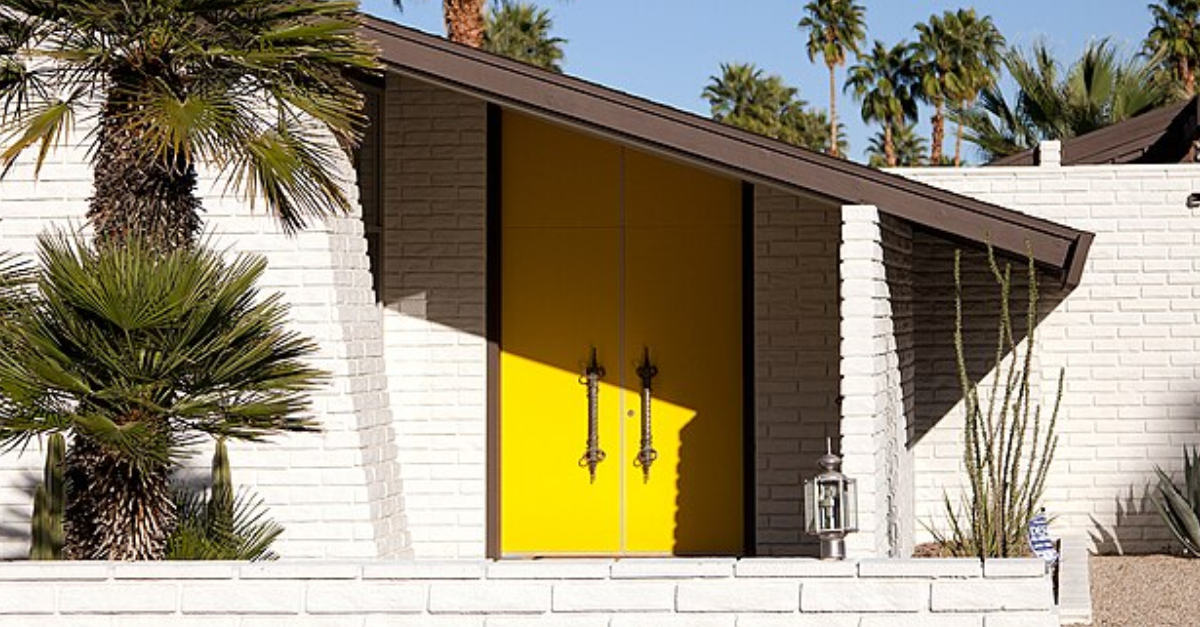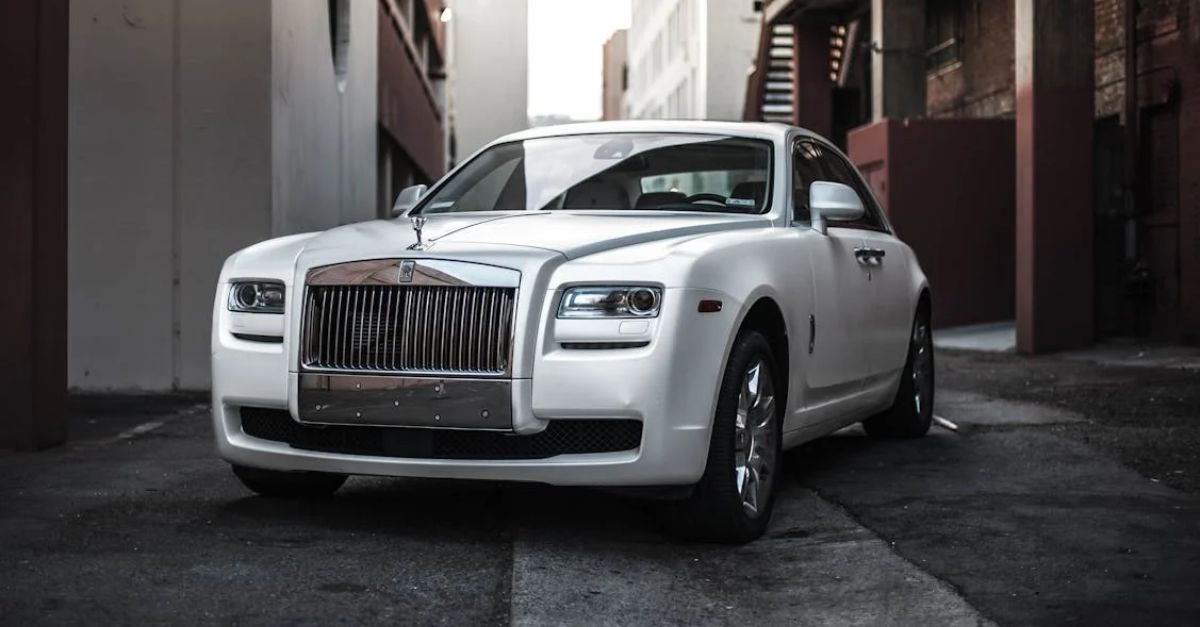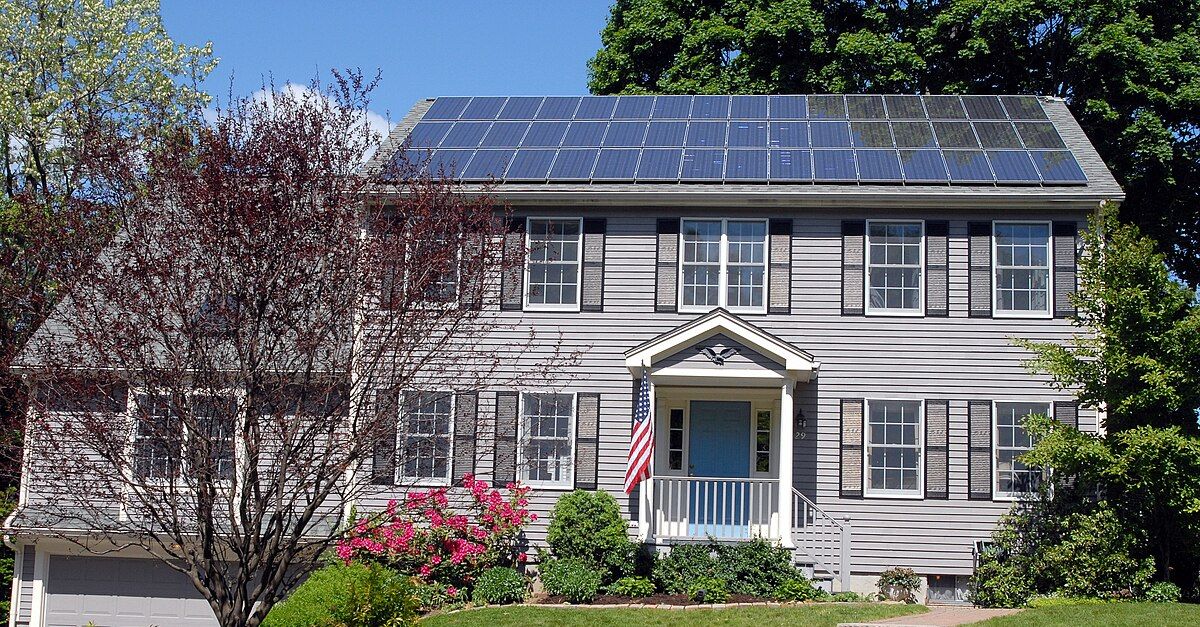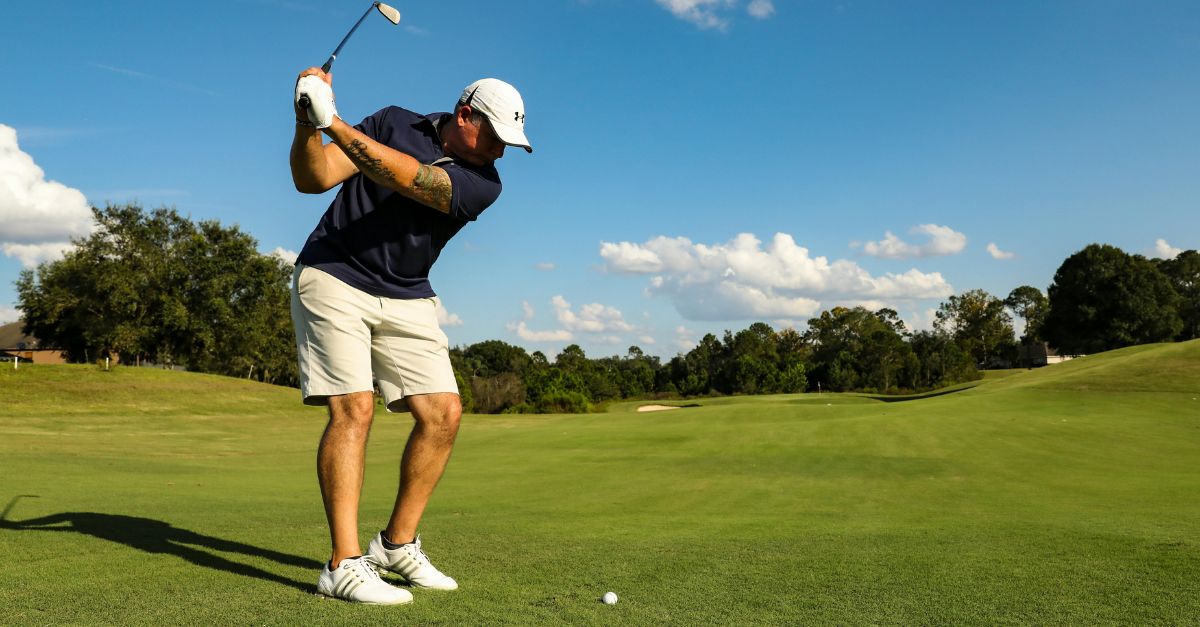From Old Relics To Collector's Items
You might think vintage binoculars are just dusty old relics, but there are a lot of collectible models now bringing in serious prices among optics and antique enthusiasts. Whether they’re for military, marine, opera, or bird‑watching use, these classic binoculars combine functional history with technical and decorative appeal. Let’s explore what types are valuable, how to assess them, and which models are most lusted after by collectors.
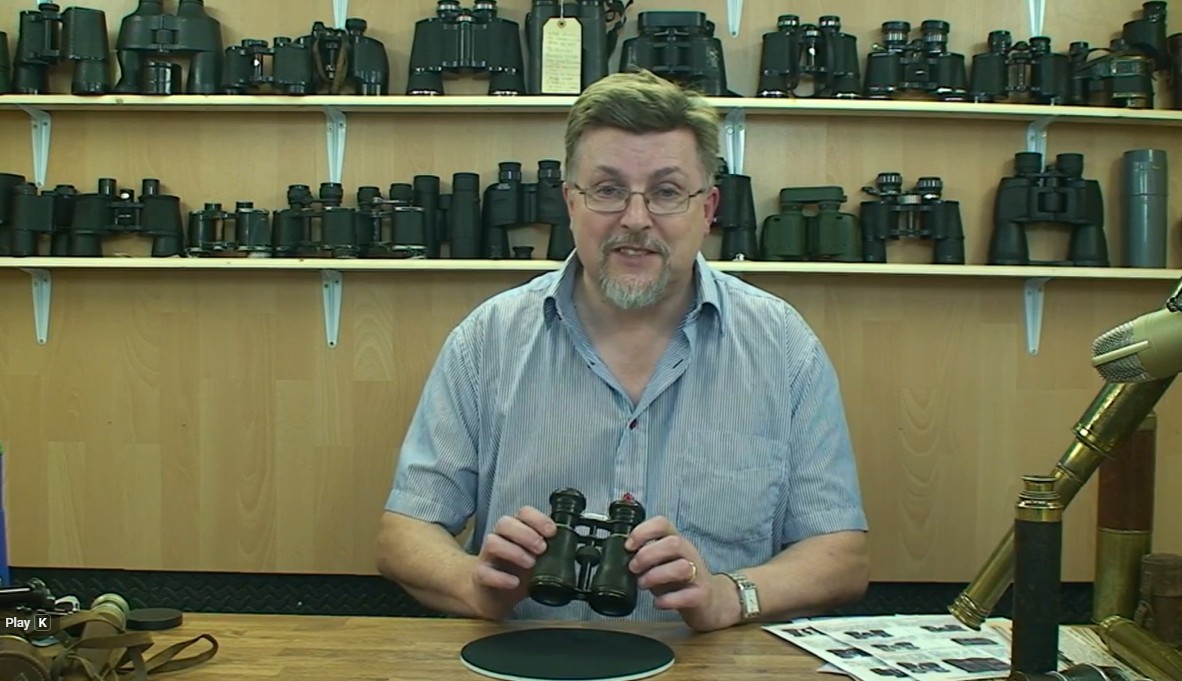
A Glimpse Into Binocular History
Binoculars progressed from simple opera glasses in the 18th century into porro‑prism designs, roof prisms, and later coated optics. Over time, innovations like prism design, coatings, and casing materials made certain vintage models especially attractive to collectors and practical users alike. Understanding the historical timeline helps you spot rare pieces.
Why Some Vintage Binoculars Fetch High Prices
The value of an old pair of binoculars depends on its optical quality, originality, maker reputation, condition, rarity, and historical provenance. LuxxOptica notes that originality and preservation are make-or-break features: scratched lenses, missing parts, or modifications are the main dealbreakers that severely reduce value.
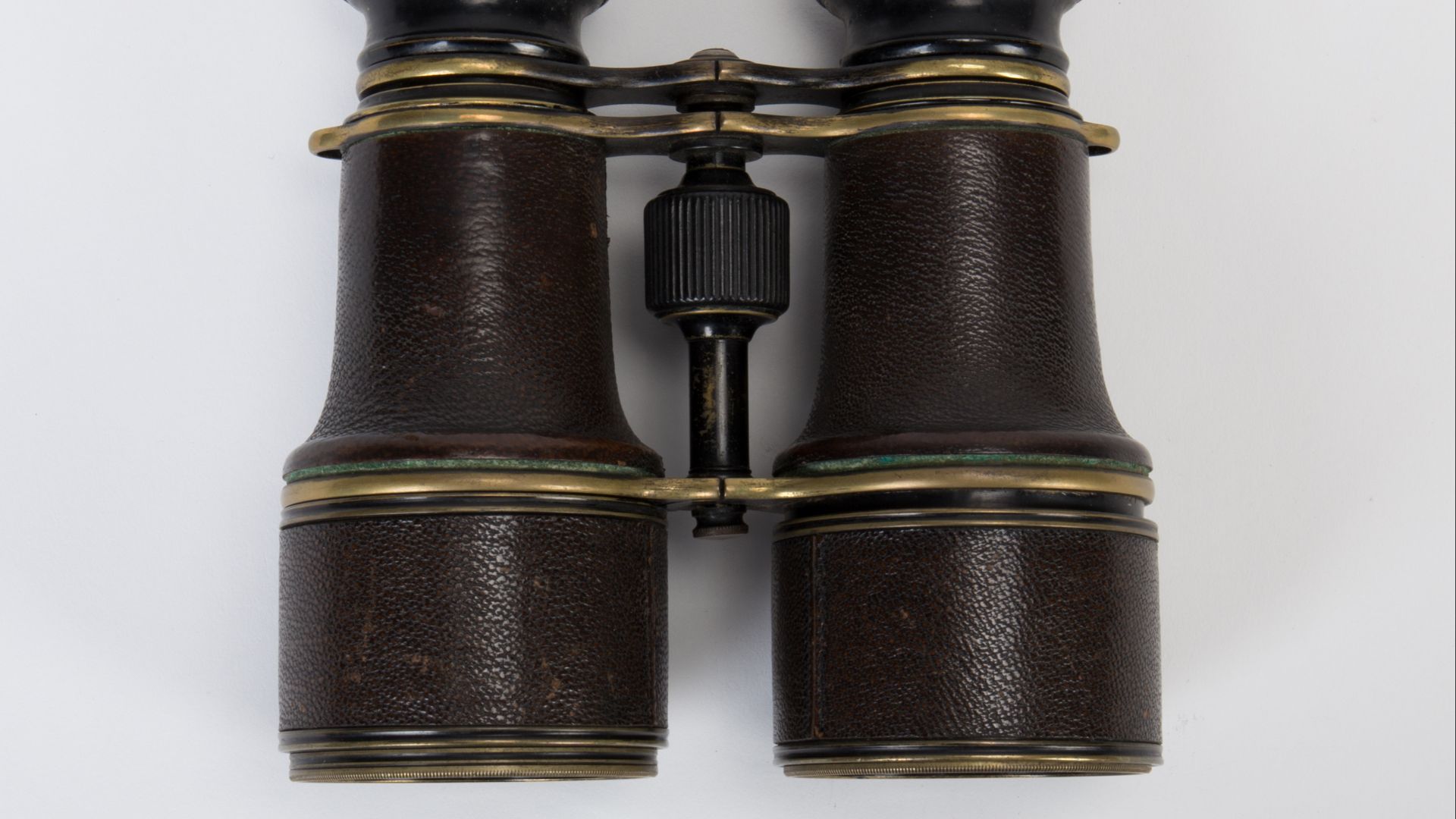 not researched, Wikimedia Commons
not researched, Wikimedia Commons
Top Makers & Brands To Be Aware Of
Collectors often look for classic names like Zeiss, Leica, Carl Reichert, Bausch & Lomb, Barr & Stroud, and vintage military makes like Hensoldt, Wetzlar, or Zeiss Dienstglas. These firms are known for both optical performance and historical cachet.
Field Binoculars & Marine Models
Field models (e.g. 7×35, 8×30) from the mid‑20th century regularly trade for $100–$500+. Marine or naval binoculars, especially those with brass or leather casing and high light transmission can reach $1,000 or more when in good shape.
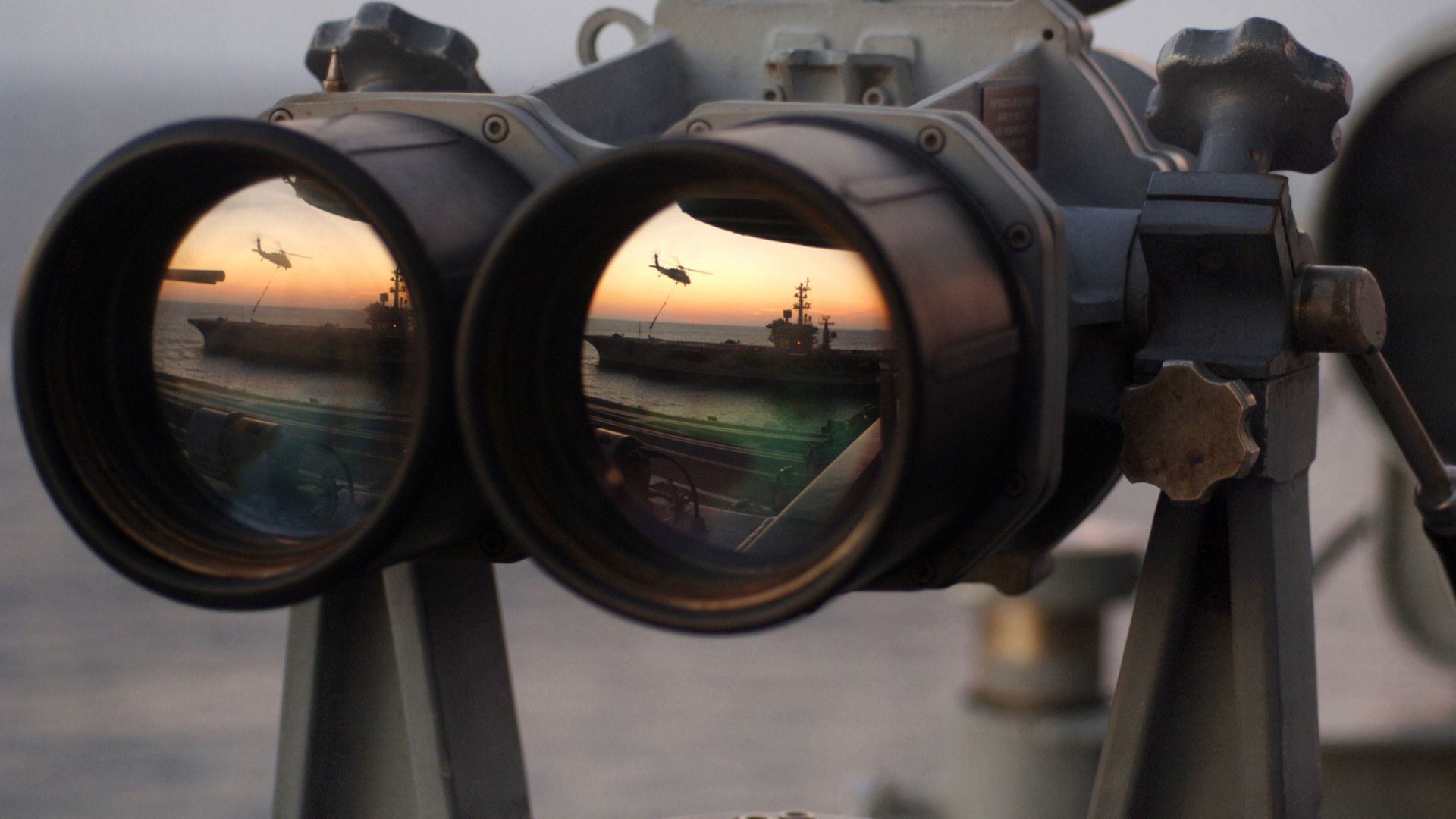 U.S. Navy photo by Airman Ricardo J. Reyes., Wikimedia Commons
U.S. Navy photo by Airman Ricardo J. Reyes., Wikimedia Commons
Military & Dienstglas Models
Military “Dienstglas” binoculars made by Zeiss, Hensoldt, or others remain highly collectible, especially from WWII-era Germany. Clean, matching serial numbers on both barrels and intact coating can command several hundred dollars or more.
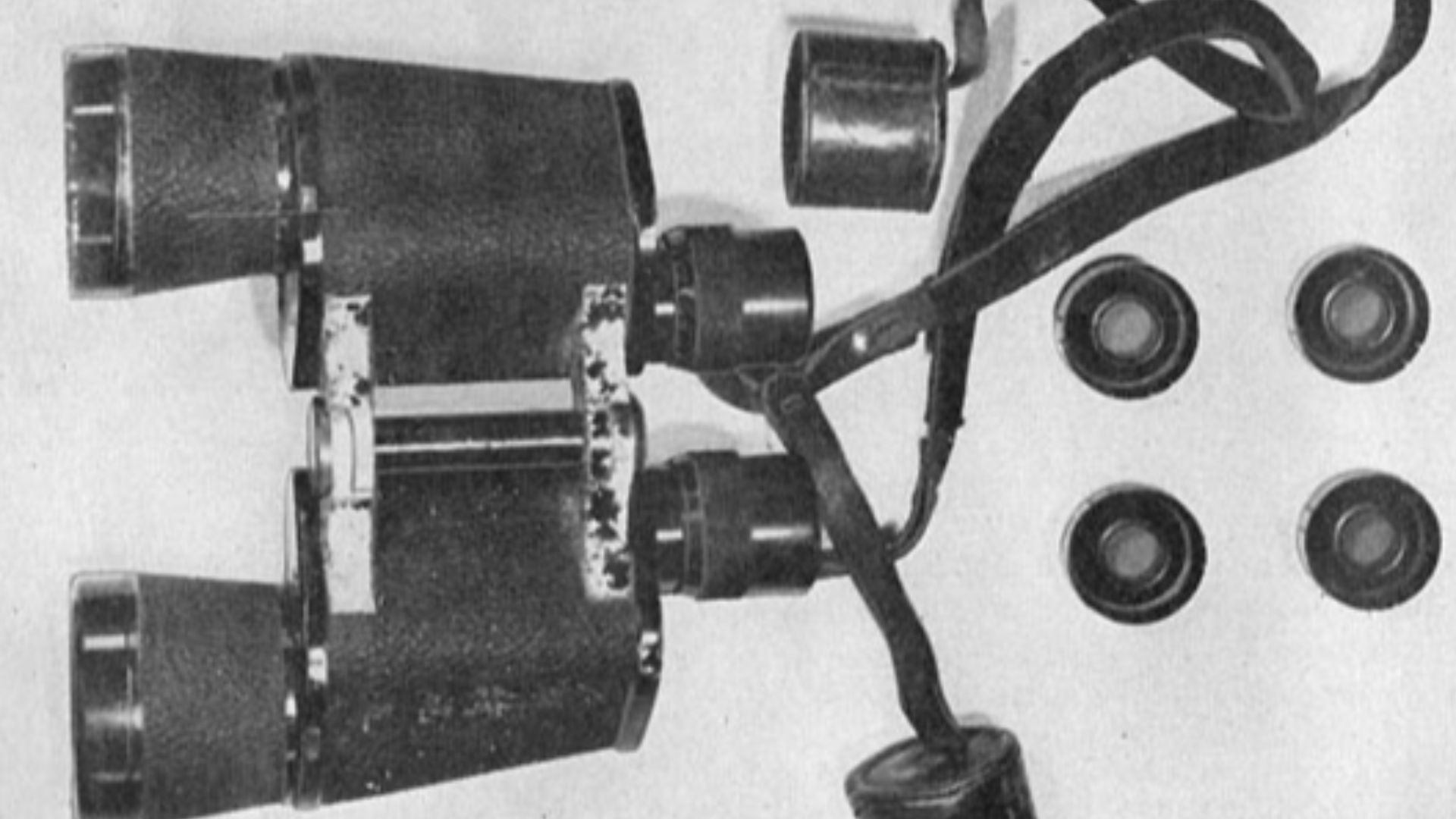 US War Department, Wikimedia Commons
US War Department, Wikimedia Commons
Opera Glasses & Compact Binos
Petite binoculars or opera glasses (e.g. 3× magnification, decorative cases) often serve as entry points for collectors. While many fetch modest prices ($20–$200), designs in mother‑of‑pearl, engraved metal, or carrying the maker’s signature can attract premium interest.
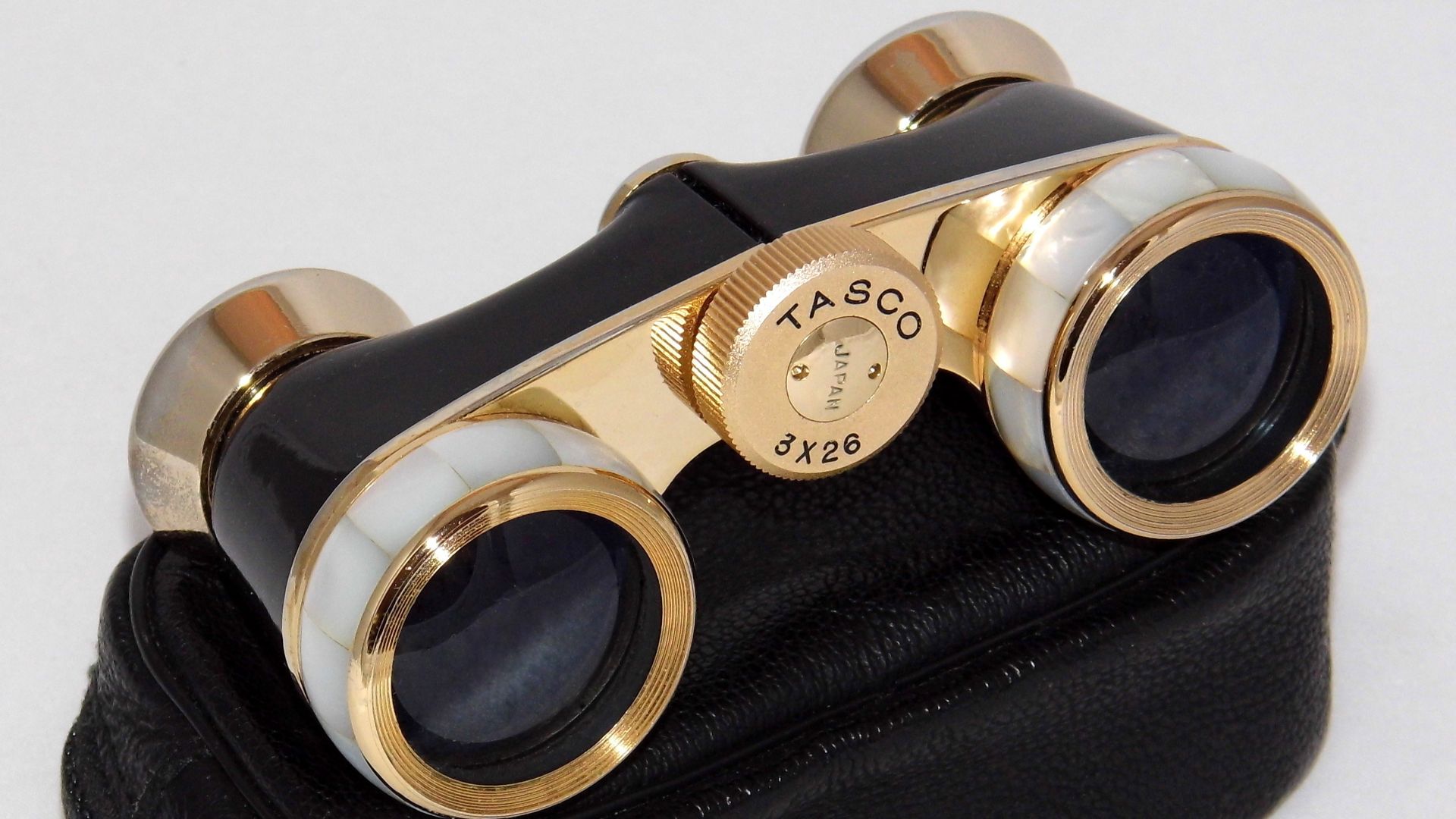 Joe Haupt from USA, Wikimedia Commons
Joe Haupt from USA, Wikimedia Commons
Large Binoculars & Telescope Hybrids
Oversized or mounted binocular/telescope hybrid models, often brass, with tripod or marine mounts, are rarer, more dramatic, and obviously take up more space. Some similar models on auction sites can touch $300–$400 or more.
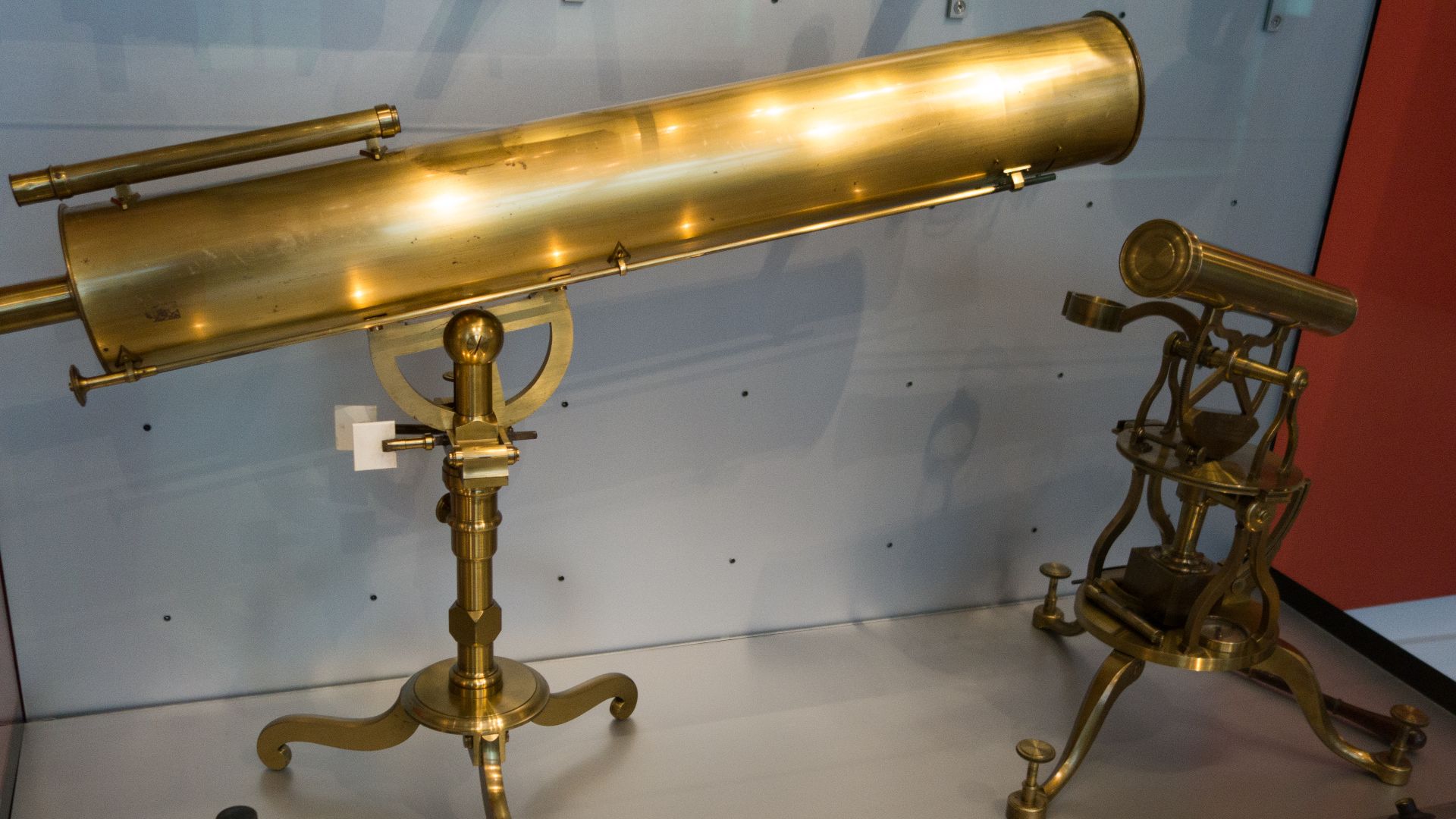 Thomas Quine, Wikimedia Commons
Thomas Quine, Wikimedia Commons
Examples From Market Listings
A brass and leather “Le Jockey Club Paris” binocular from the early 1900s is listed near $289 in antique shops. A marine brass binocular on a wood base reached $1,295 in a listing. Vintage Nikon 8×30 models appear among higher‑end listings in optical auctions. This is a small sample size, of course, but numbers like these should give you a good idea of what kind of prices to expect.
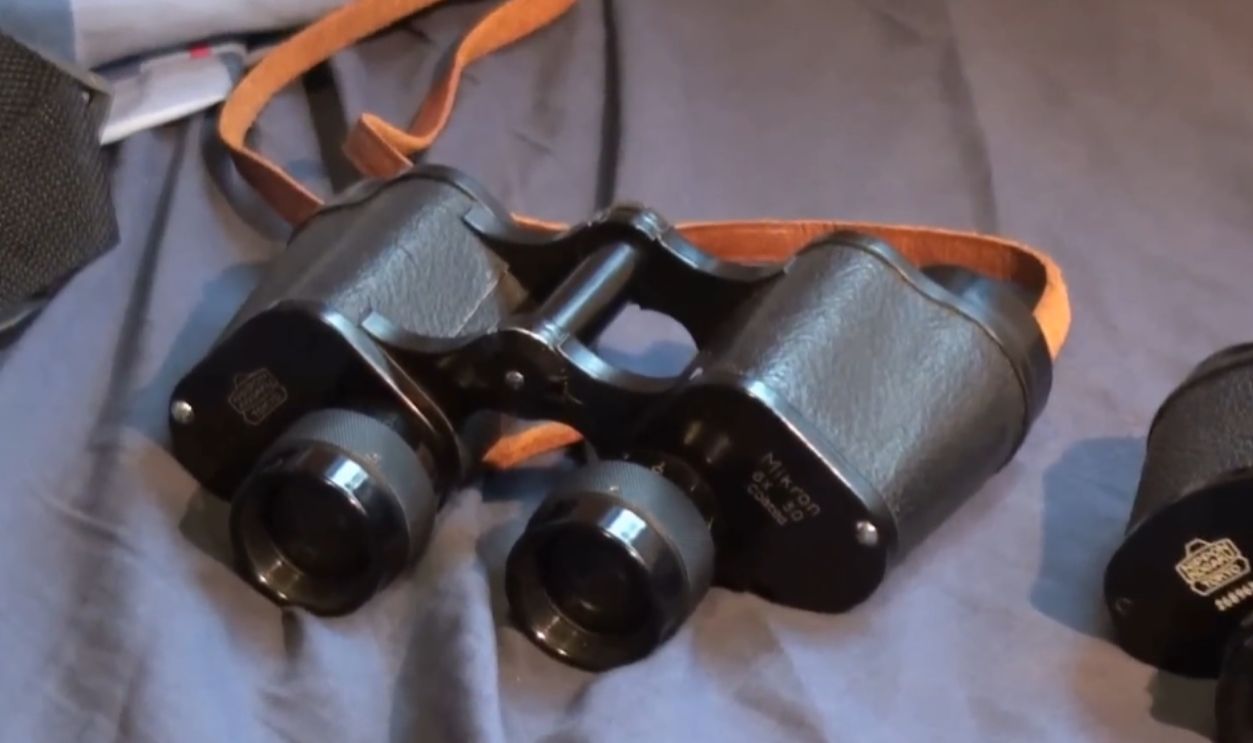 A rundown of some of the Nikon 30mm binoculars., Simon Spiers
A rundown of some of the Nikon 30mm binoculars., Simon Spiers
Condition, Optics & Restoration Risks
Value is highly sensitive to the condition of the lenses, prisms, coatings, alignment, and the body. Misaligned prisms or internal haze can ruin the binoculars’ usability and the value that goes with it. Heavily modified or damaged optics lose a large share of their collector value.
 Vortex Crossfire 10X42 Binoculars Eye Cup Adjustment Repair HD 1080p, KIRK OUTDOORS
Vortex Crossfire 10X42 Binoculars Eye Cup Adjustment Repair HD 1080p, KIRK OUTDOORS
Original Cases & Accessories Matter
Collectors value original boxes, lens caps, straps, cleaning cloths, and instruction sheets. A binocular with its full accessories understandably commands double the value of the same model without them.
Serial Matching & Provenance
Matching serial numbers across both barrels and associated accessories (cases, mounts) increases buyer trust in originality. Provenance, such as the item’s use in notable expeditions or military deployment can elevate its historical and monetary value even further.
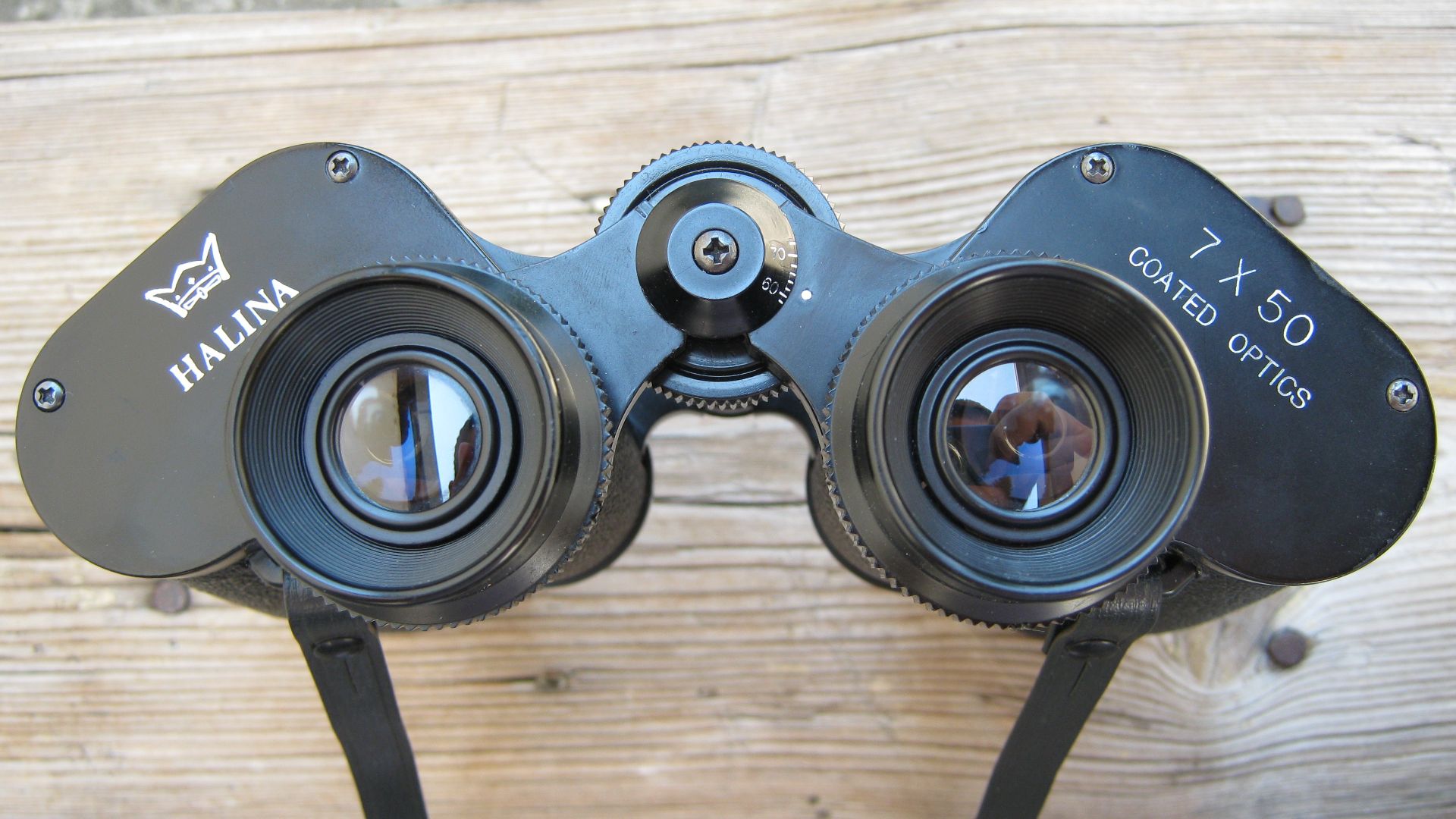 Михаило Јовановић, Wikimedia Commons
Михаило Јовановић, Wikimedia Commons
Rarity & Limited Runs
Limited edition models, prototypes, or special coatings (e.g. early anti-reflection) are especially treasured. Some niche optics designs or prism systems (rare roof designs) are collectible beyond their immediate optical performance.
Optical Designs & Prism Types
Understanding the different prism systems used in binoculars helps enthusiasts evaluate the true quality of the models. For example, Abbe–Koenig prisms, Schmidt–Pechan prisms, and Porro prisms each have unique characteristics and historical contexts. Proper prism and lens design can also influence light transmission and quality. You’ll have to do your homework, but it’s worth it to get up to snuff on these technical distinguishing features.
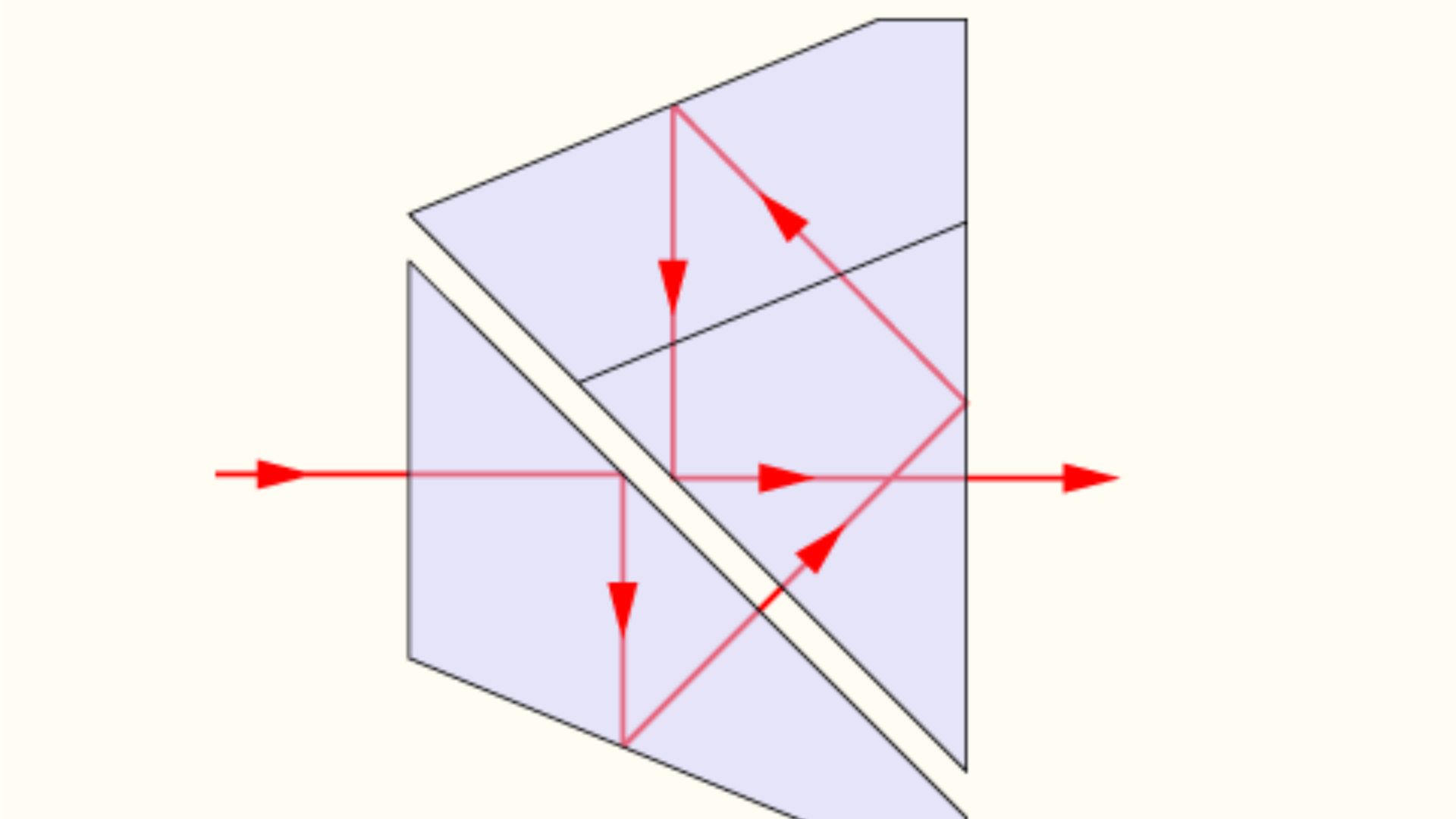 Bob Mellish, Wikimedia Commons
Bob Mellish, Wikimedia Commons
Restoration & Servicing Advice
Many vintage binoculars can be serviced, cleaned, and realigned by skilled opticians. For example, WWII models with simple construction could end up being easier to repair than some. Avoid over‑restoration which replaces original parts with generic ones. It’s almost always a mistake to do this, as it diminishes the piece’s value in the eyes of authenticity-conscious collectors.
 Vintage Binoculars with built-in transistor radio! at collectornet.net, collectornet
Vintage Binoculars with built-in transistor radio! at collectornet.net, collectornet
Avoid Fakes & Rebuilt Binos
Be wary of refits or “cosmetic overhauls” that can mask serious internal issues. Keep a keen eye out for mismatched serials, modern screws, or non‑period replacement parts. Authentic models should show consistent wear and manufacture.
Start With Mid‑Tier Models
Beginners should start out by looking for well-known models in good working condition from mid‑20th century makers. These help you learn the basics about optical evaluation, servicing, and market trends before you go chasing off over the hills after rare specimens.
Buying & Auction Strategies
Research sales history on collector forums and auction sites. Buy from reputable sellers who offer to provide you with optical tests, photos of prisms, and provenance. Be cautious of blind bids.
When To Sell Or Hold
Selling is appropriate when you receive an offer above market or funds are needed elsewhere. Holding can make sense for rising interest in vintage optics, but you have to balance that against the fact that optical parts degrade over time.
Final Thoughts On Vintage Binoculars
Vintage binoculars are more than decorative artifacts—they’re functional pieces of optical history. A well‑chosen, well‑maintained example can bring both visual delight and collectible value. With careful research, modest investment, and patience, they can become a rewarding hobby.
You May Also Like:
Vintage CorningWare Items Worth Big Bucks
Old MP3 Players Worth Really Big Bucks

